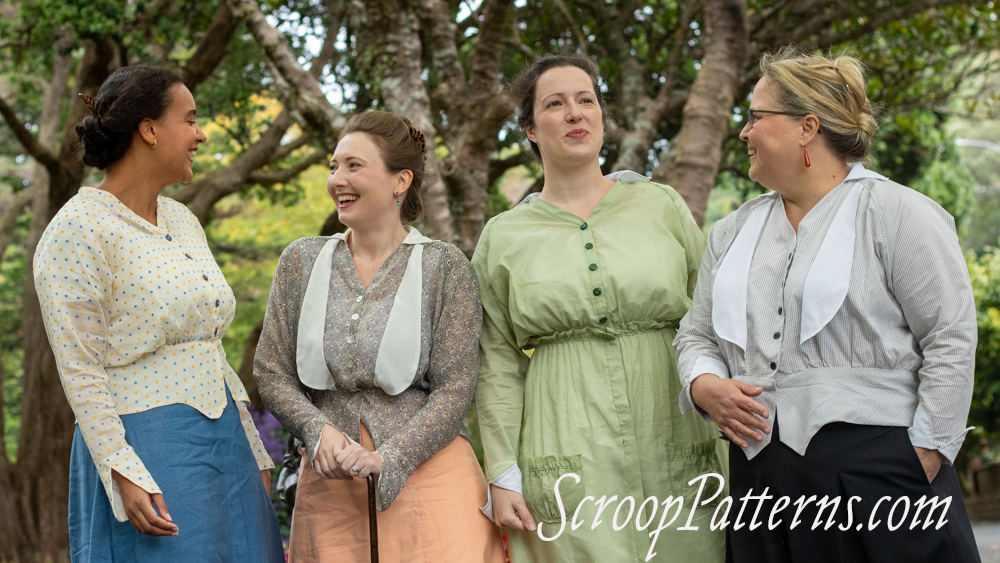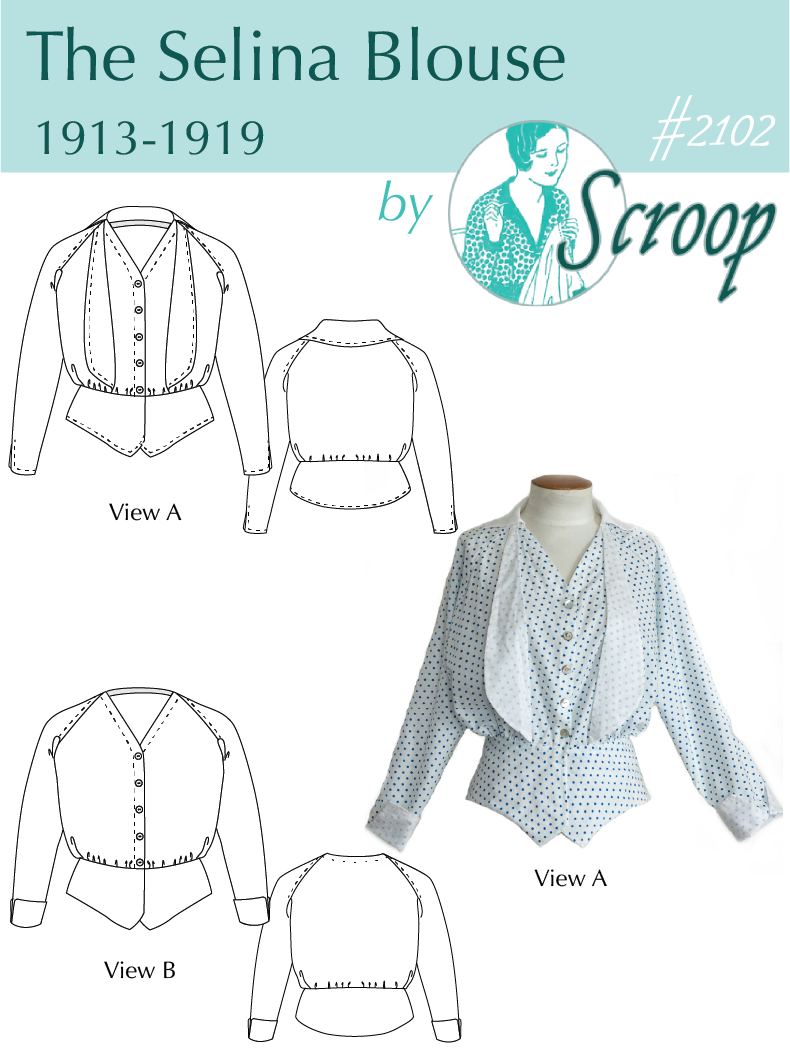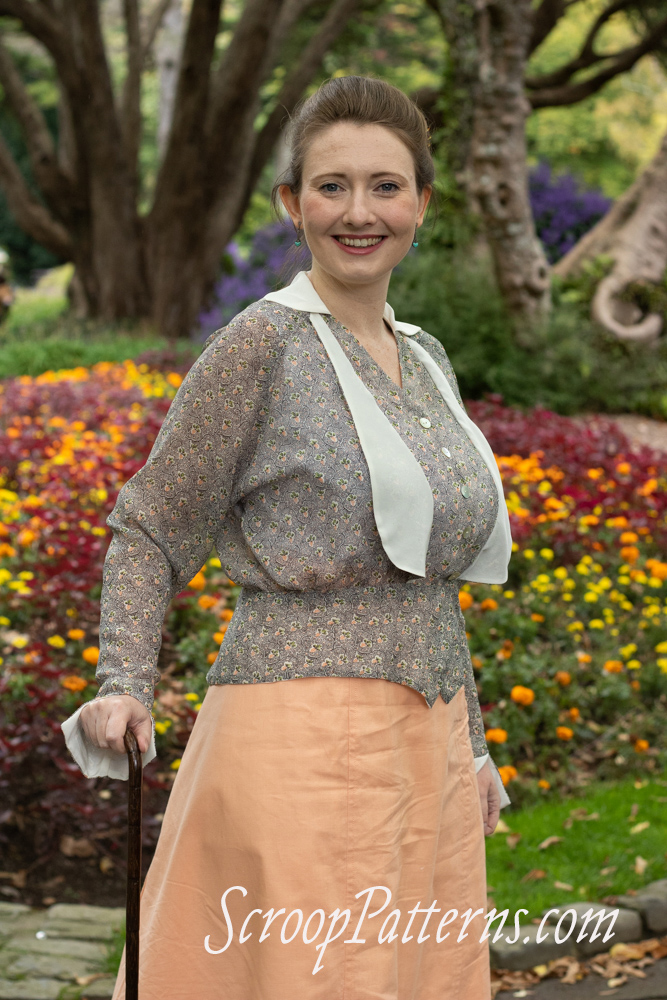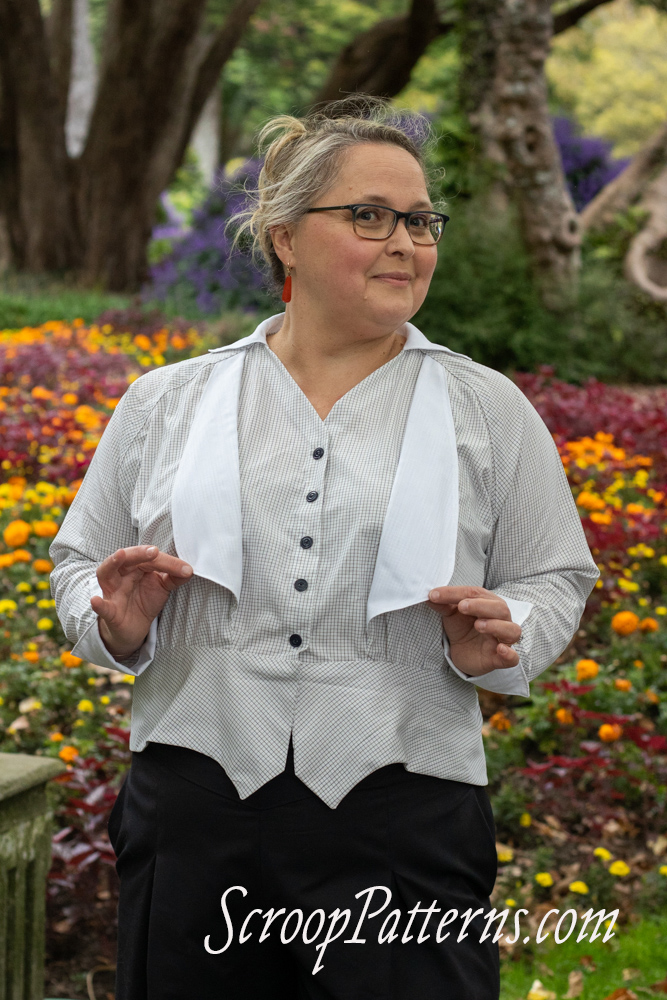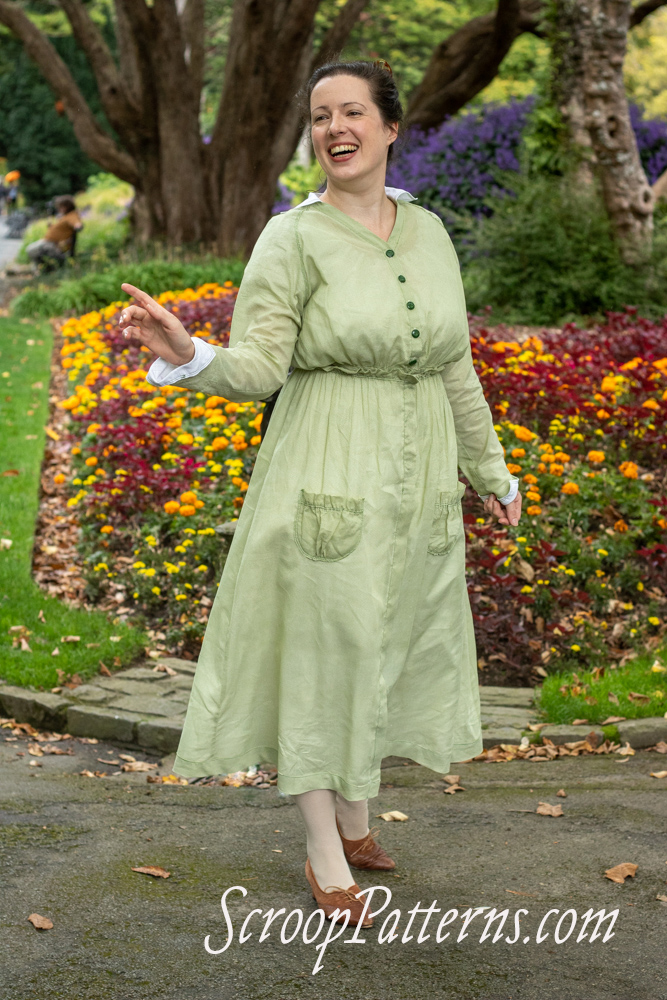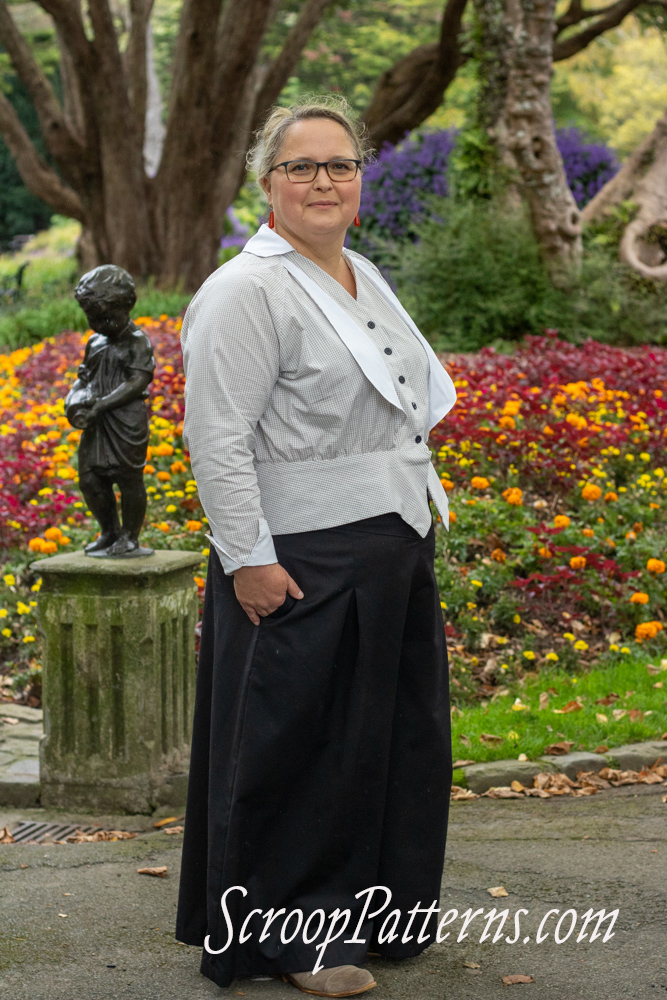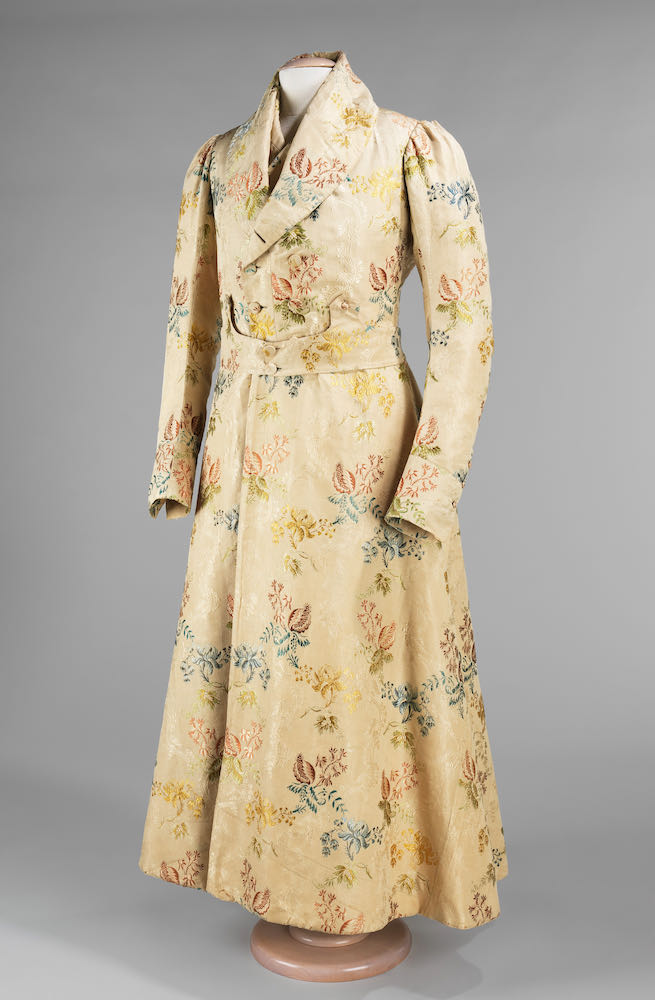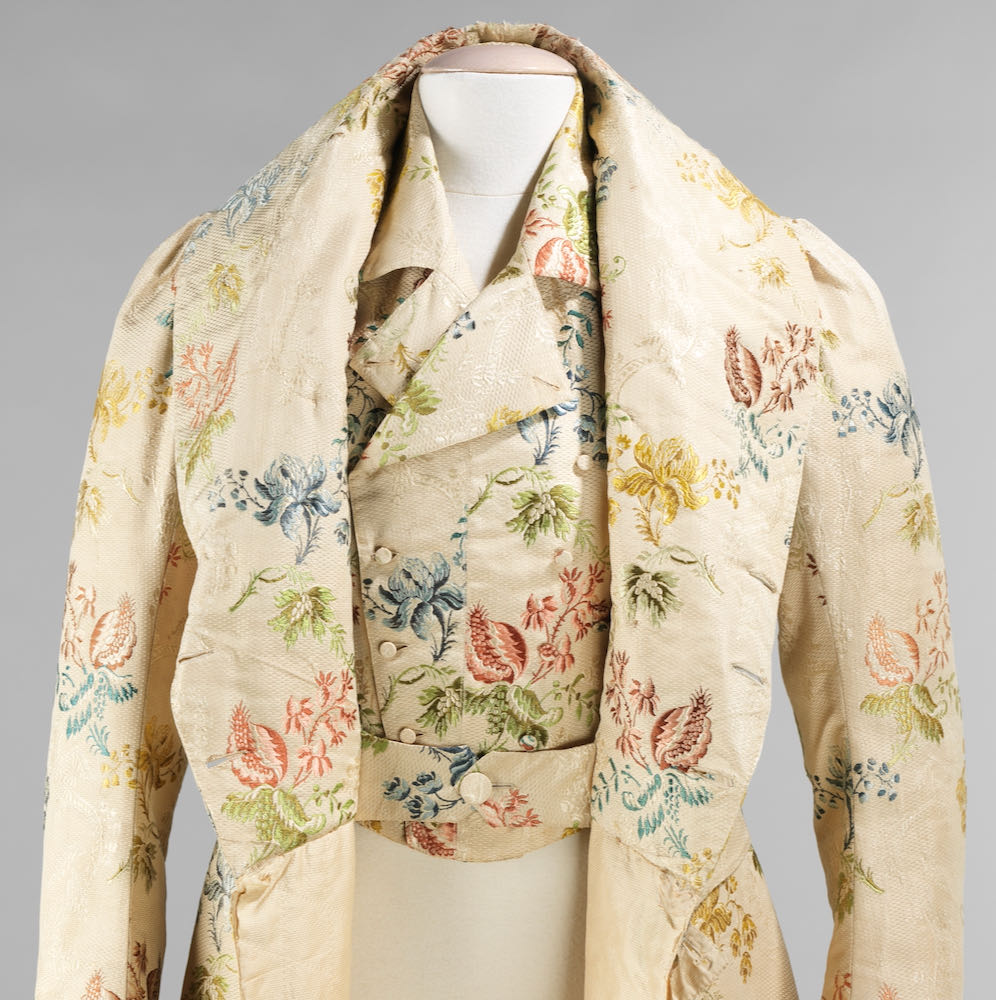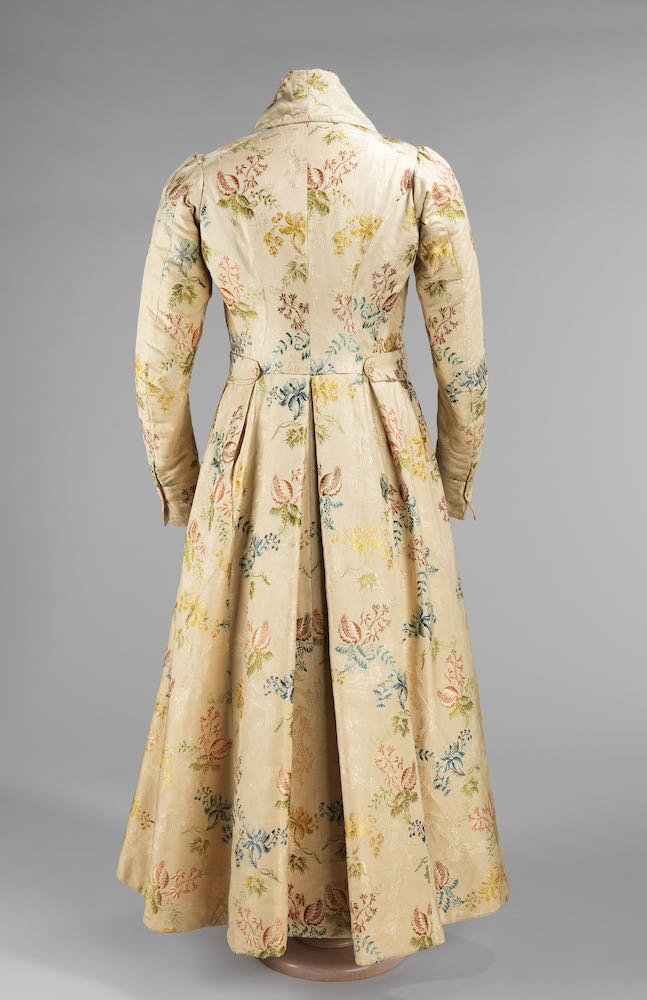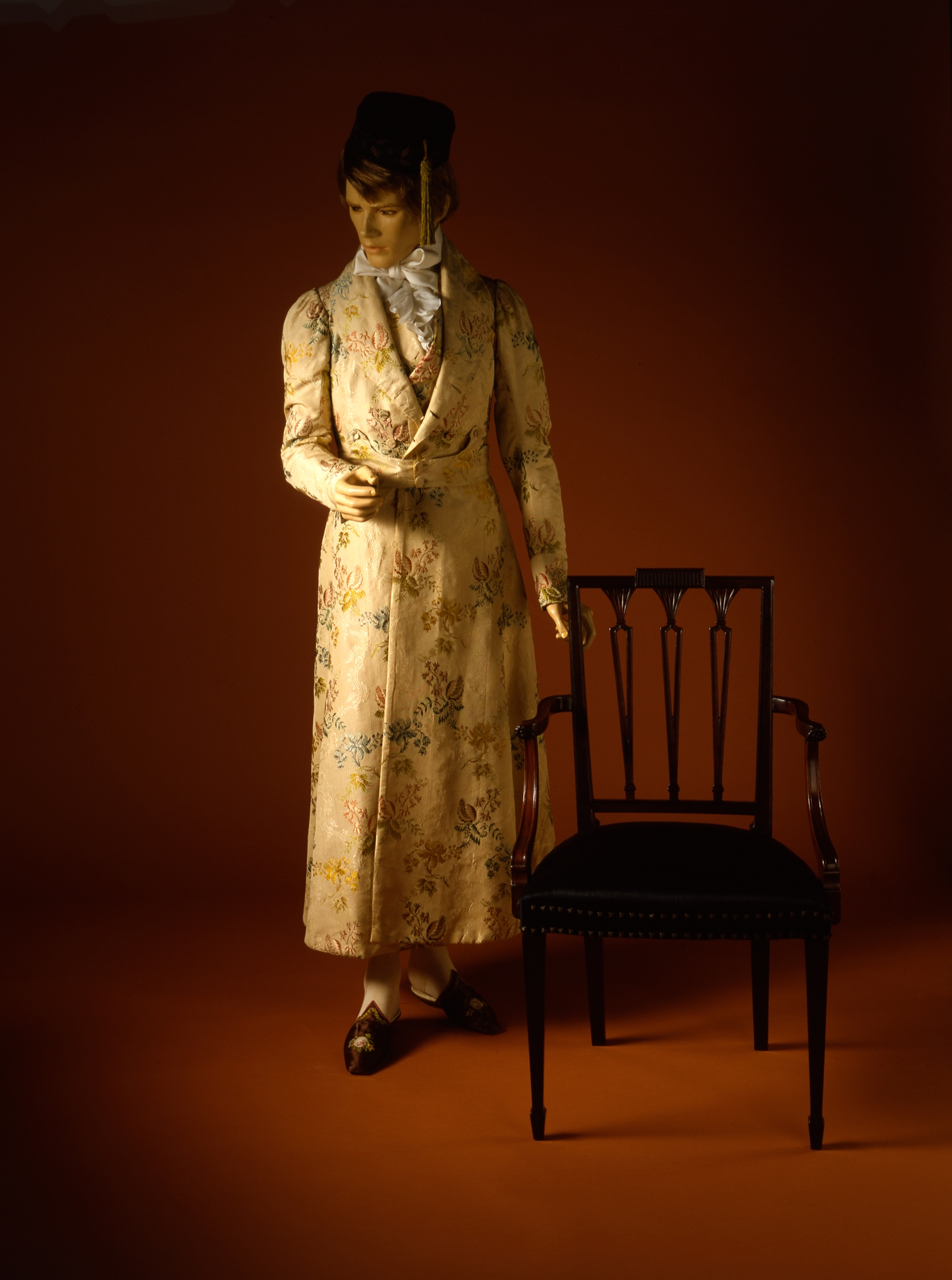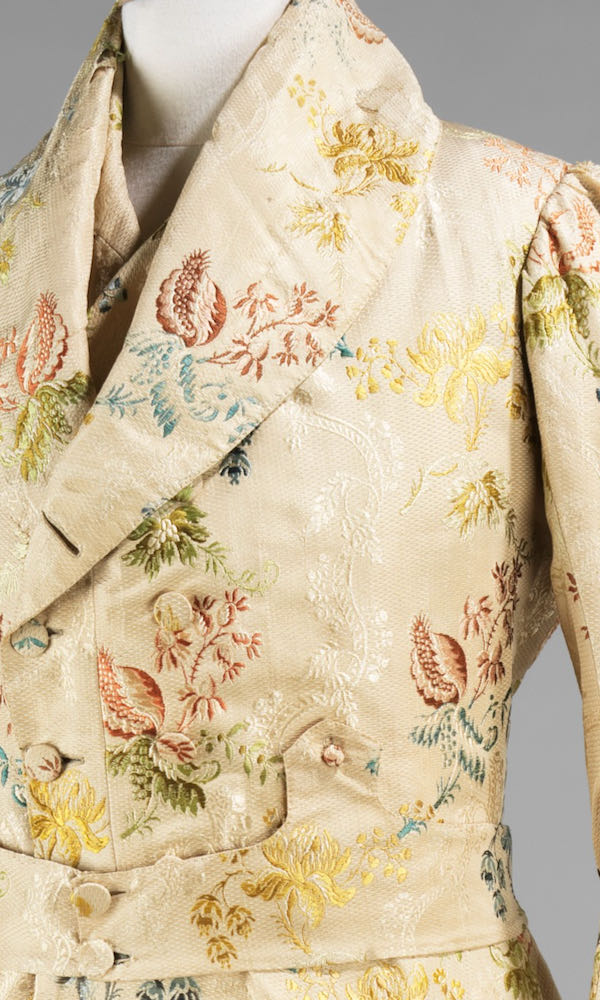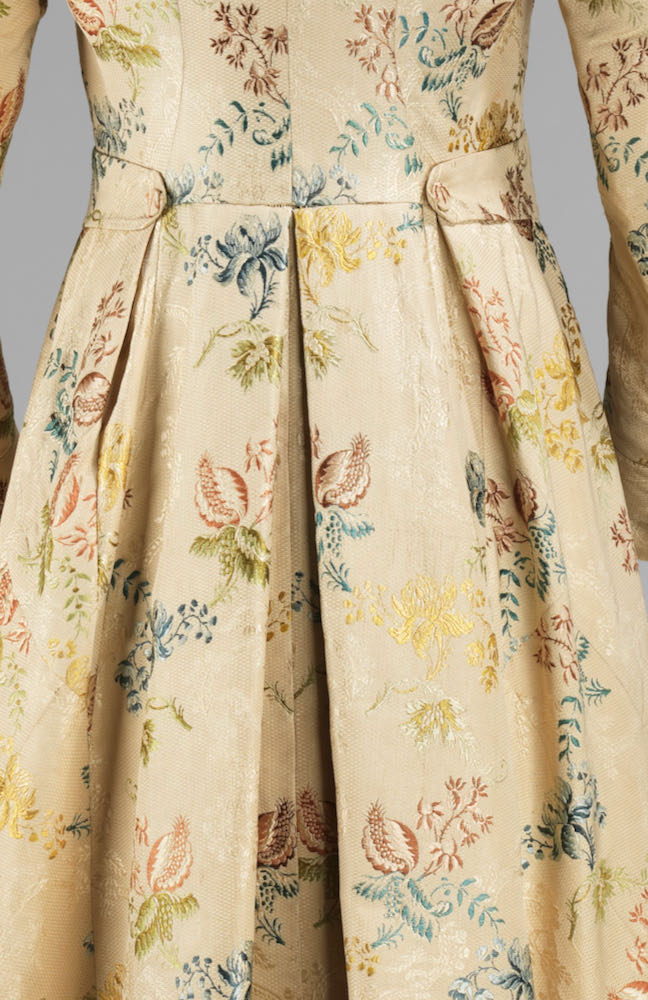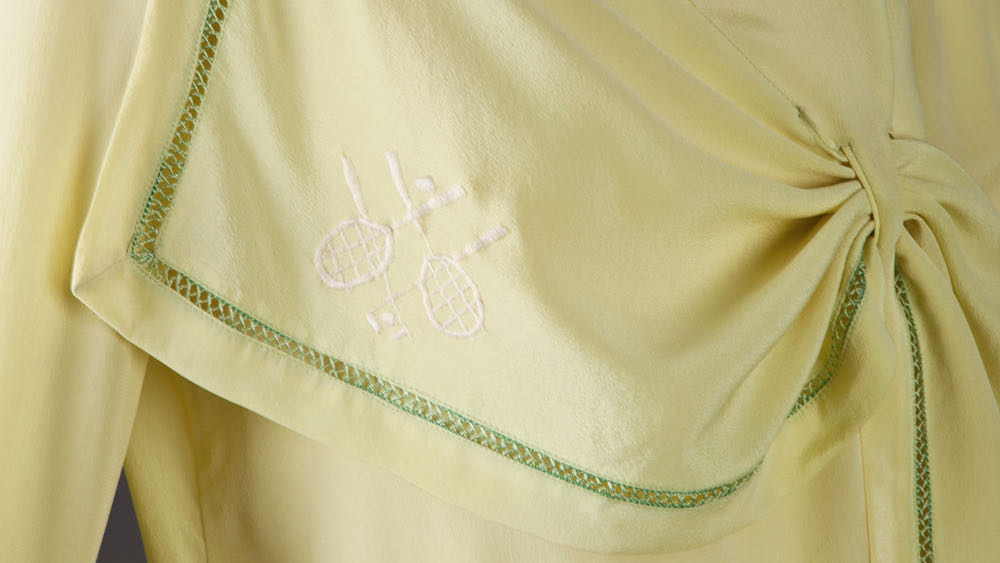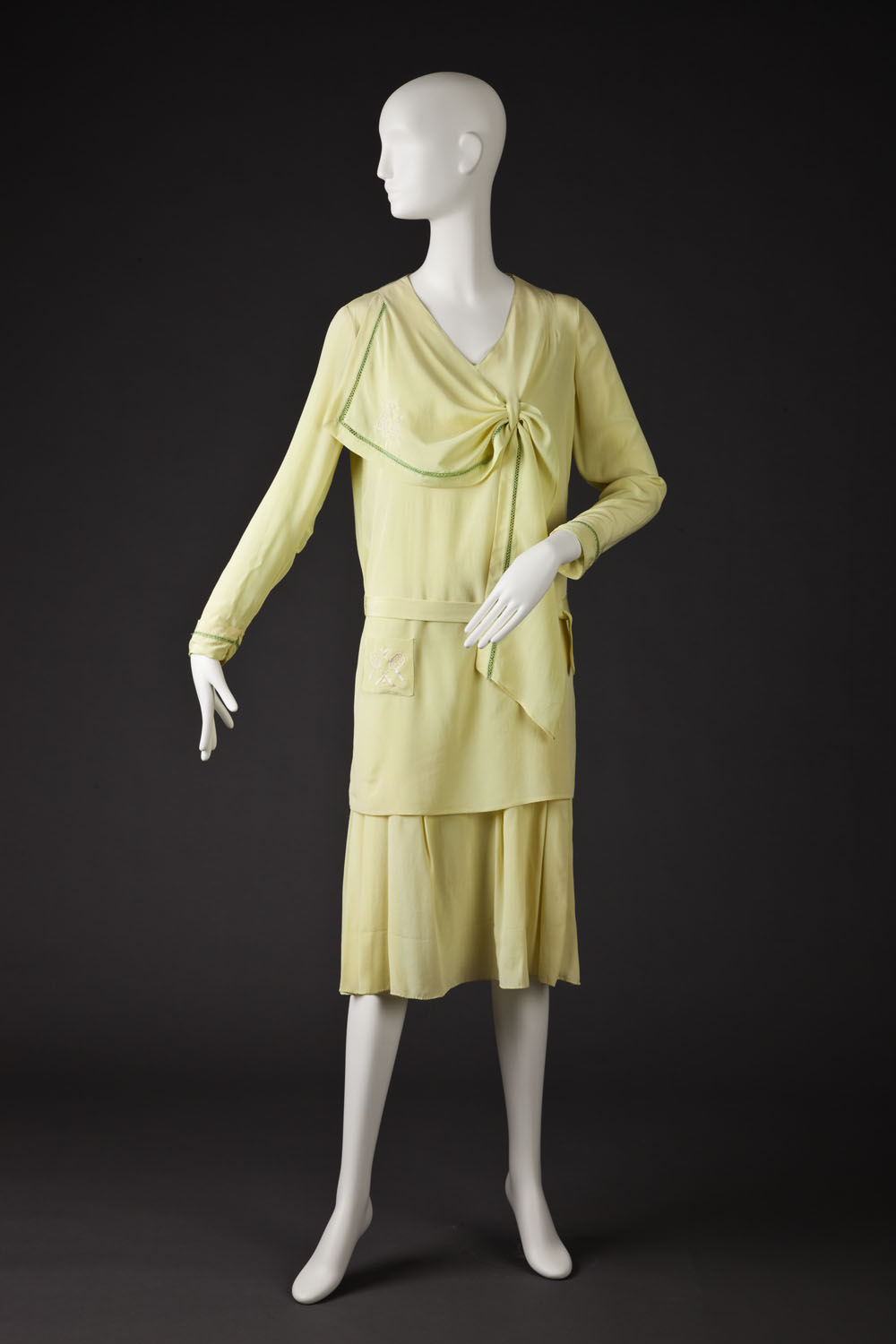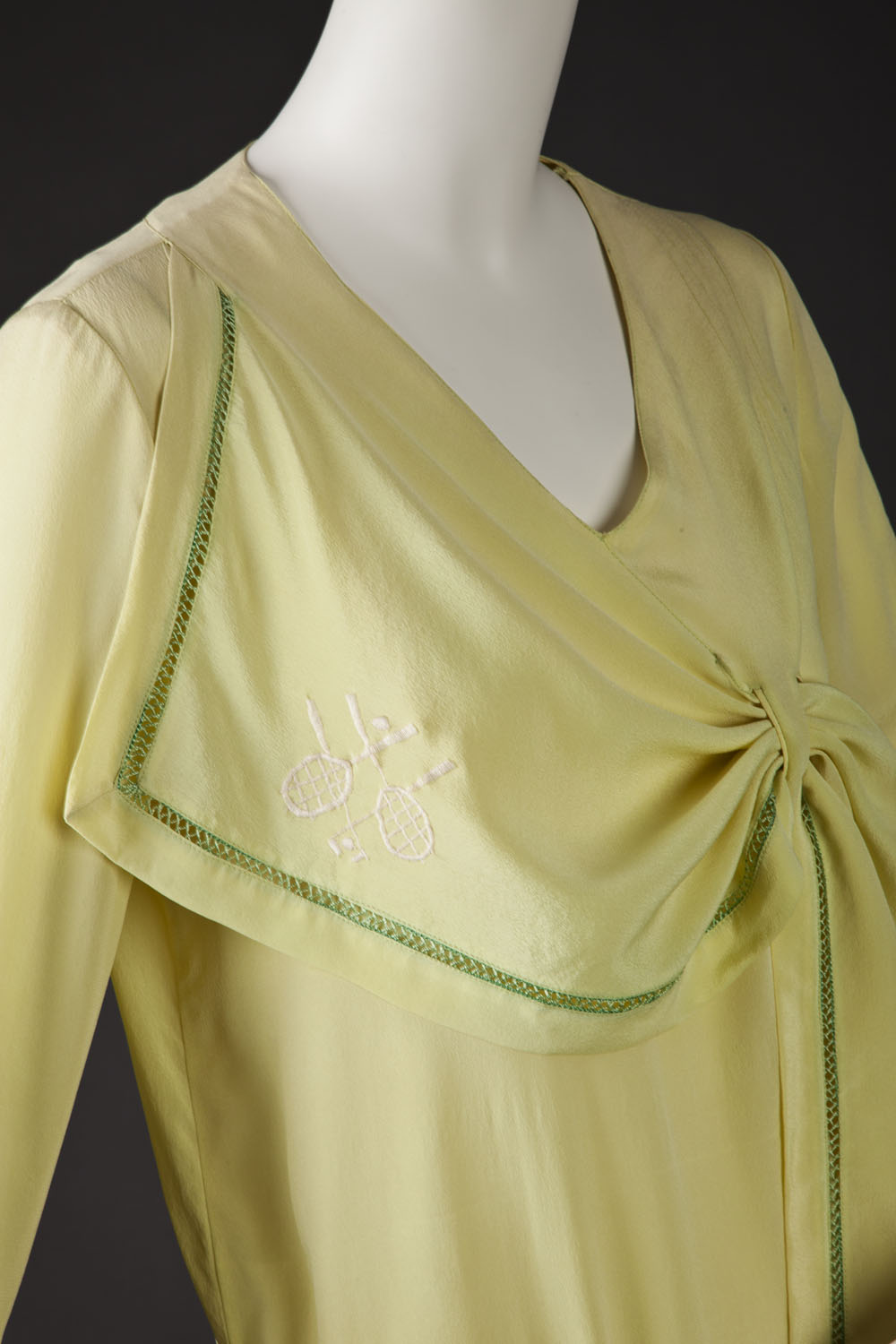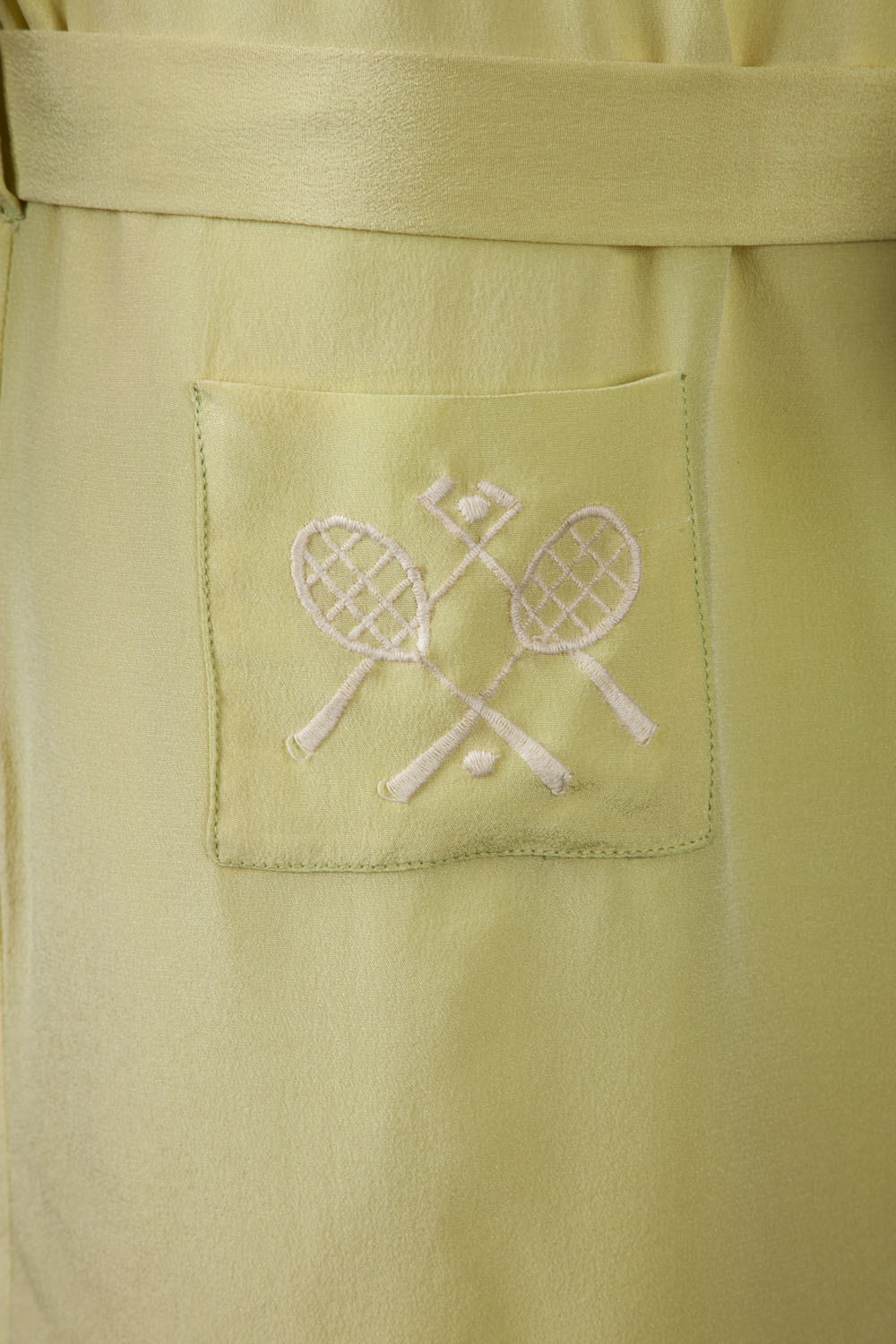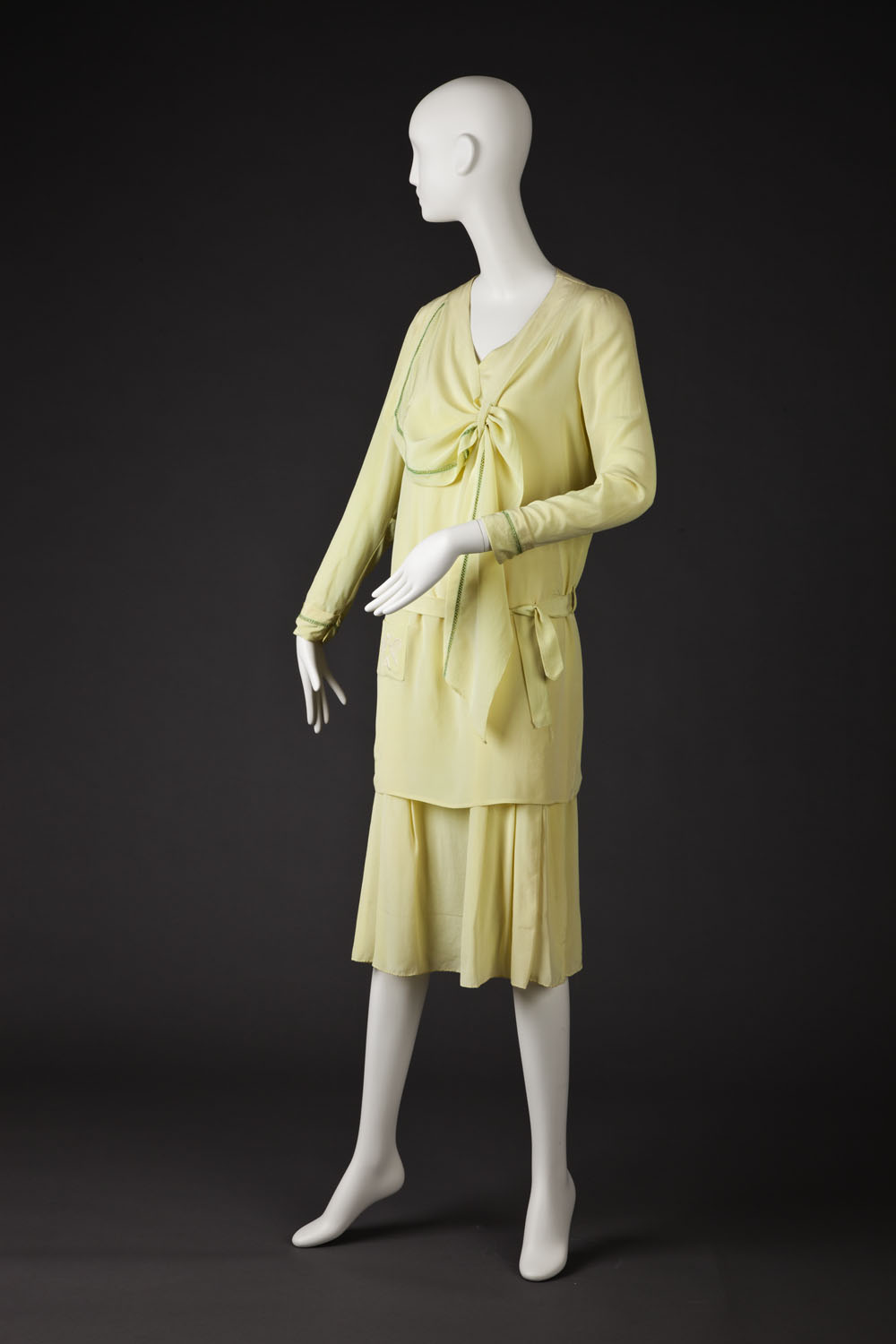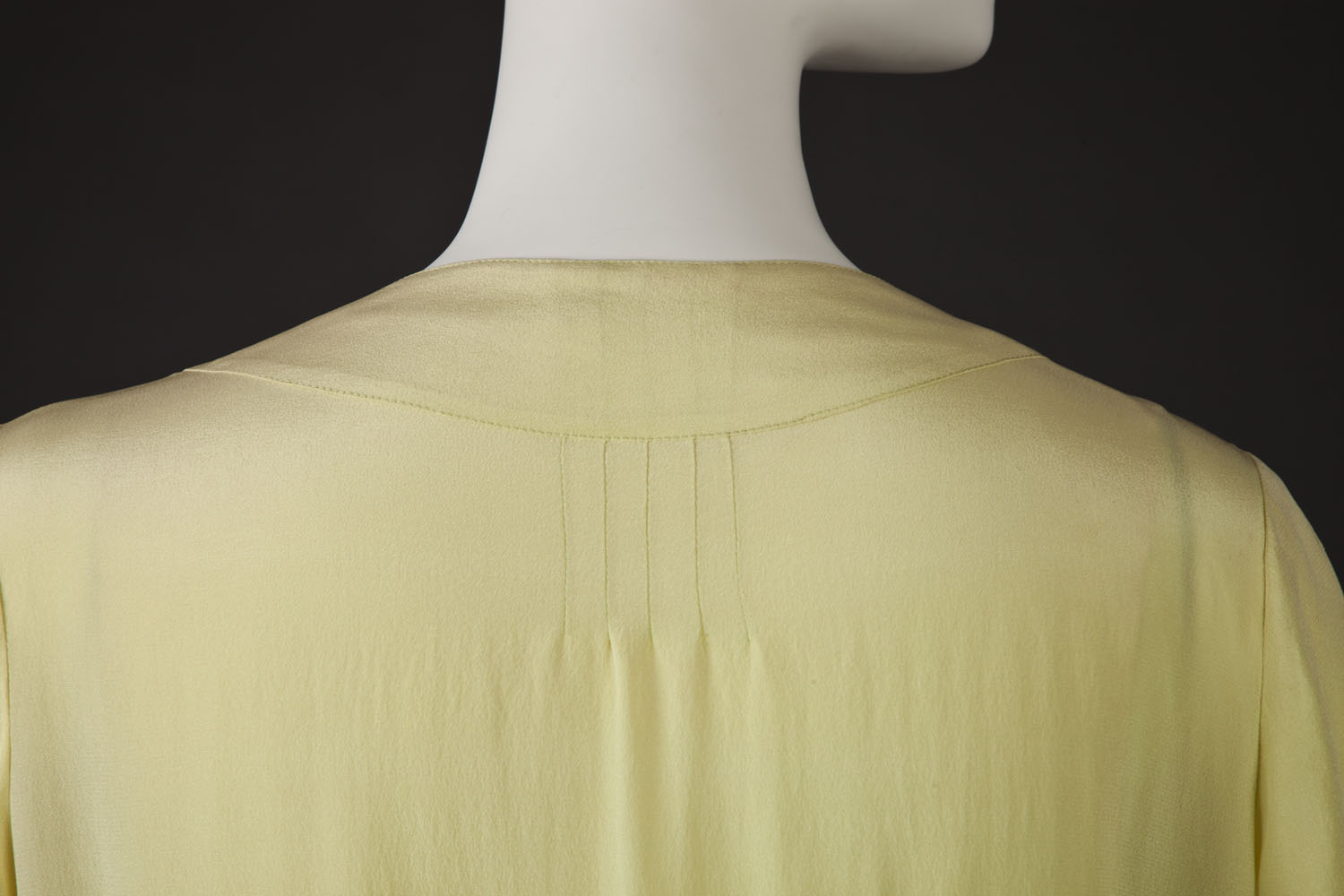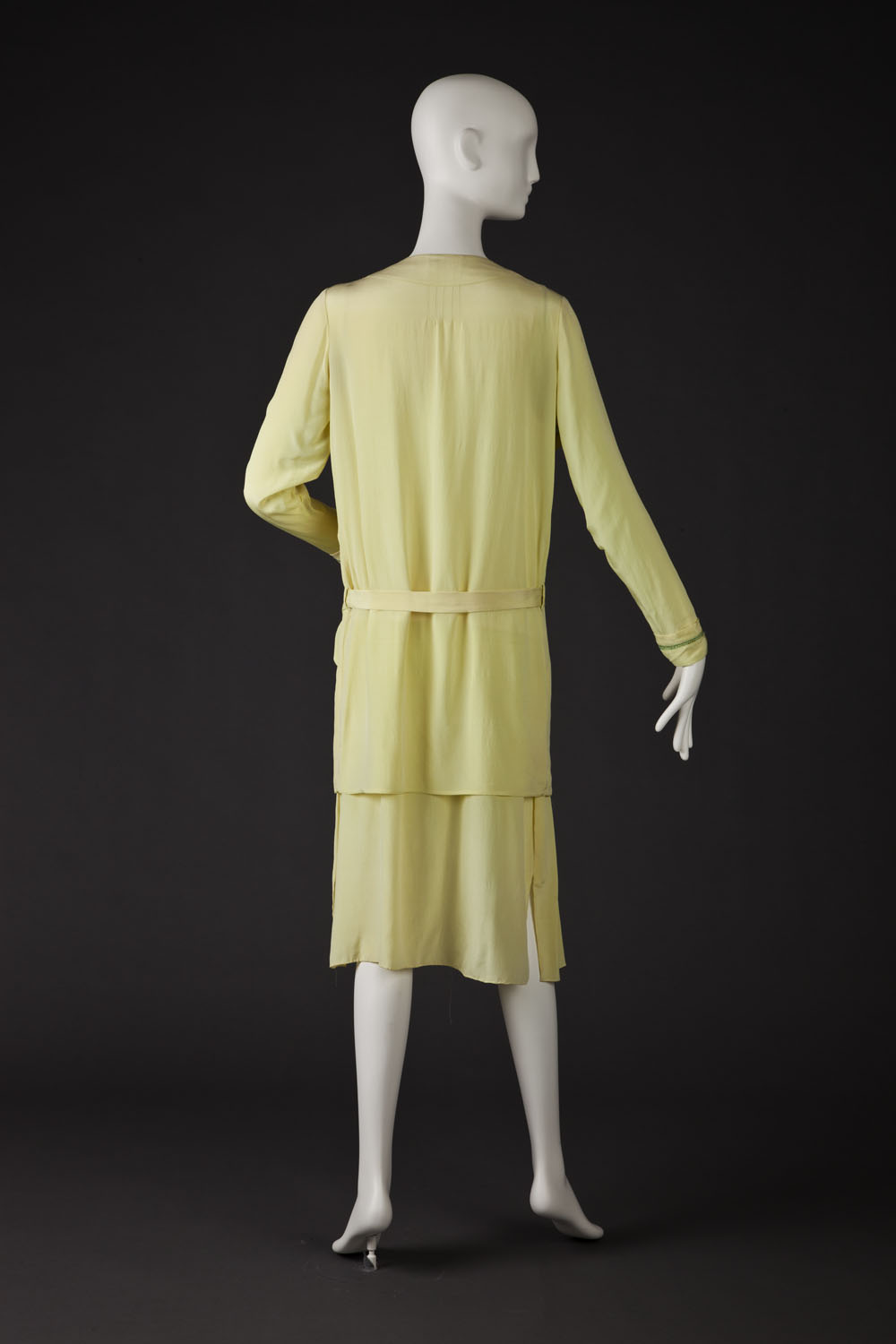I’m extremely excited to introduce the latest Scroop Pattern: the Selina Blouse.
This gorgeous mid-1910s blouse is the perfect addition to your historical costuming wardrobe, but works equally well for historybounding and modern wear.
Buy the Selina Blouse pattern here! — and get 10% off for the first week!
To celebrate the launch, the Selina Blouse pattern is 10% off from now until midnight on Friday 23 April, New Zealand time.
I absolutely love 1910s fashions. It was such an inventive era in fashion, but the clothes are also very practical and wearable. The Selina Blouse pattern is taken from an extant garment in my collection and combines all the best bits of fun and wearability.
View A is a direct replica of the original blouse and has a waistcoat-effect front and a collar.
View B is based on fashion plates and patterns showing similar simple raglan sleeve blouses. It has a plain front and no collar. It’s the perfect palette for trim and embellishment, and for pairing with a novelty collar.
Wear it out over a skirt to show off the peplum, or tuck it in. Pair it with a matching skirt for a ‘dress in two parts’ effect for historical costuming. Style it with trousers for modern workwear.
The pattern comes in bust sizes 30″-52″ (76-132cm). To help you get the perfect fit there’s a 8-page fitting and pattern alteration guide.
Why Selina?
The Selina Blouse is named for Maria Selina Hale. Selina was a tailoress, union organiser, and public servant in late 19th and early 20th century New Zealand. She spent her life campaigning for better conditions for working women, in factories, in shops, in domestic settings, and at home. She’s particularly known for helping abolish the practice of paying less-skilled needlewomen for ‘piecework’, and securing them better paid wages. Although she rose to hold important positions as a trade unionist and then civil servant, Selina was always extremely proud of her training as a tailoress, and of her skills as a needlewoman.
While, like most historical figures, Selina is not a perfect person by modern standards, she’s an interesting figure who undoubtedly improved conditions for many working women in her time. Her story is part of the history of womens rights, and workers rights, in New Zealand. She seems a fitting inspiration for a blouse that goes from pretty to practical, and which will be made by many working women today.
I can’t wait to see your versions of the Selina Blous!
Check back tomorrow to see some of the gorgeous tester makes. They had so much fun with this pattern. One tester made three versions! Another turned it into a dress, and other testers figuring out fun ways to embellish it.
I’ll also be sharing some of the inspirations behind the blouse over the next few blog posts.

